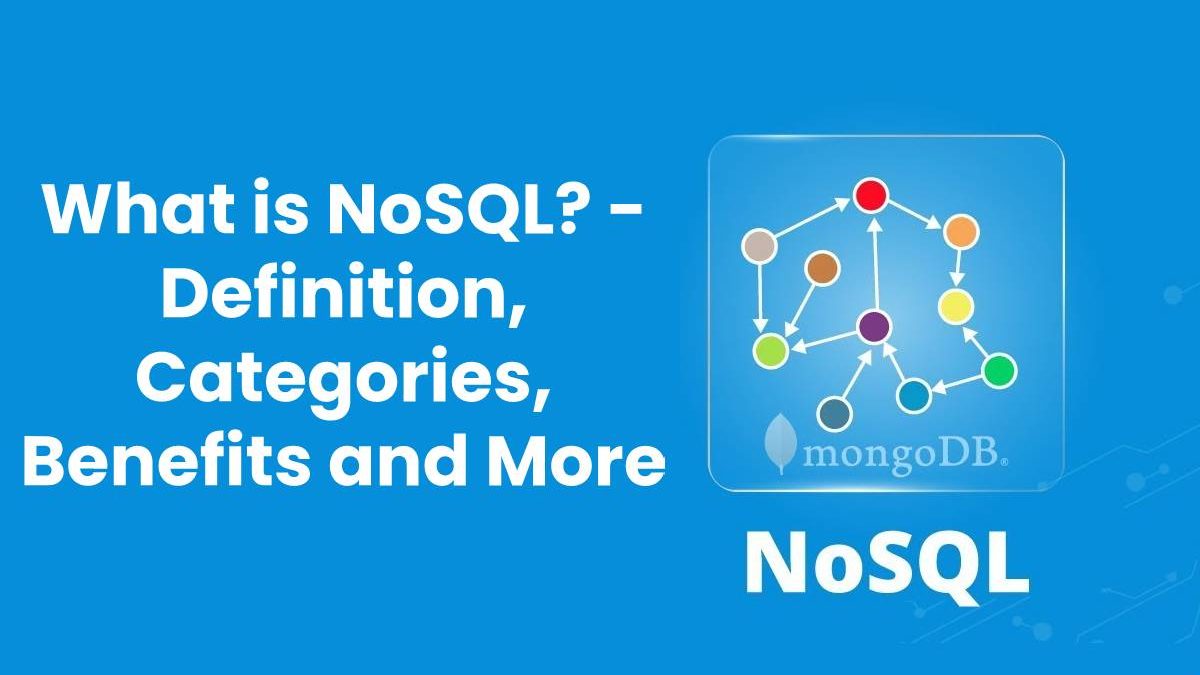Table of Contents
Definition NoSQL
NoSQL is a database approach that represents a change from traditional relational database management systems. It is useful to start by describing SQL, which is a query language used by relational databases before we understand NoSQL.
Relational databases are based on tables, columns, rows, or schemas to organize and retrieve data. In contrast, NoSQL databases are not based on these structures and use more flexible data models.
NoSQL means “not only SQL” or “no SQL.”
As SQL databases have increasingly been failing to meet the performance, scalability, and also flexibility needs of next-generation, data-intensive applications, mainstream companies have embraced NoSQL databases.
NoSQL is particularly useful for storing unstructured data, which is growing much faster than structured data and does not fit relational schemas and their established data types.
Common types of unstructured data include user and session data; Chat, messaging, and log data, such as time-series data and device data, in addition to large objects such as video and images.
NoSQL database types
Several varieties of NoSQL databases have been created to support specific needs and use cases.
There are four main categories
Key-value databases
NoSQL key-value databases emphasize simplicity and are very helpful in speeding up an application that supports high-speed processing of reading and writing non-transactional data. The stored values can be any type of binary object (text, video, JSON document, etc.) and get accessed through a key. The application has full control over what is stored in the value, making it the most flexible NoSQL model. Data is shared and replicated in a cluster for scalability and also availability. For this reason, key-value databases often do not support transactions. However, they are handy in scale applications that deal with high-speed, non-transactional data.
Document Database
Document databases typically store JSON, XML, and BSON documents. They are similar to key-value, but in this case, a value is a single document that stores all the data related to a specific key. Popular document fields can be indexed to provide quick retrieval without knowing the key. Each document can have the same structure or a different structure.
Wide Column Databases
This column NoSQL databases store data in tables with rows and columns similar to relational databases. But column names and formats may vary from row to row in the table. Wide column columns group related data columns together. In a DB, the data would be in different rows stored in different places on the disk, requiring multiple disk operations for recovery.
Graph databases
A graph database uses graph structures to store, map, and query relationships. They provide an index-free adjacency so that adjacent elements are joined together without using an index.
Multimodal databases take advantage of some combination of the four types described above and, therefore, can support a broader range of applications.
NoSQL benefits
NoSQL databases offer companies significant advantages over traditional RDBMS, including:
Scalability
NoSQL databases use a horizontal scale methodology that makes it easy to add or reduce capacity quickly and seamlessly with commodity hardware. It eliminates the tremendous cost and also complexity of manual fragmentation that is necessary when trying to scale.
Performance
By merely adding resources dynamically, companies can increase performance with NoSQL databases. It enables organizations to continue offering fast and reliable user experiences with a predictable return on investment.
High Availability
NoSQL databases are generally designed to ensure high availability and avoid the complexity that comes with a typical architecture that relies on primary and secondary nodes.

